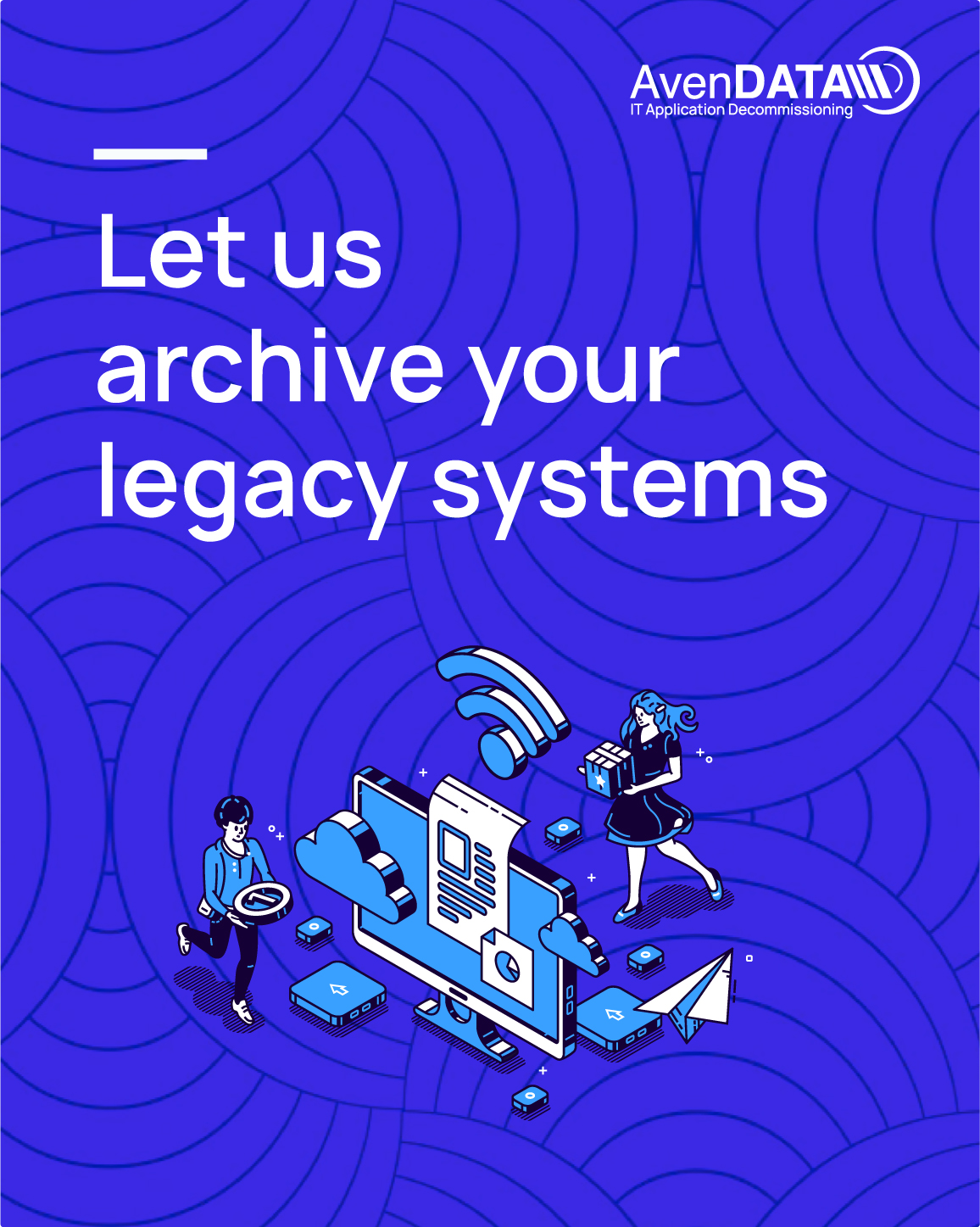In today’s fast-paced business environment, organizations constantly strive to optimize their technology landscape and streamline operations. As part of this process, SAP system decommissioning has emerged as a crucial strategy for effectively managing legacy systems and preserving valuable data. here, we will explore the concept of SAP system decommissioning and highlight its significance in enterprise resource planning (ERP).
What is SAP System Decommissioning?
7 Reasons to Decommission Legacy Systems
1. Cost Savings:
2. Enhanced Security:
3. Streamlined IT Landscape:
4. Regulatory Compliance:
5. Improved Data Management:
6. Business Agility:
7. Simplified System Maintenance:
Challenges faced while SAP system decommissioning
- Data Extraction and Migration: Extracting and migrating data from the decommissioned SAP system to a new storage or archiving solution can be complex. Ensuring data integrity, maintaining relationships between data objects, and mapping data to the new system structure require careful planning and execution.
- Data Retention and Compliance: Organizations must adhere to legal and regulatory requirements for data retention. Identifying which data needs to be retained, determining the appropriate retention periods, and ensuring compliance with data protection laws can be challenging, especially in highly regulated industries.
- System Dependencies: SAP systems often have dependencies on other applications, interfaces, or integrations within the IT landscape. Disentangling these dependencies during decommissioning without impacting other systems requires a thorough understanding of the interconnections and a well-defined plan.
- Application Retirement: SAP systems may be tightly integrated with other applications, workflows, or business processes. Retiring the SAP system while ensuring uninterrupted operations and smooth transitions to alternative solutions can pose challenges in terms of business continuity and change management.
- Data Access and Retrieval: Archived SAP data should remain accessible for future reference, audits, or legal inquiries. Ensuring efficient data retrieval and maintaining data accessibility throughout the decommissioning process is crucial. Organizations must implement appropriate archiving strategies and consider long-term data storage formats and technologies.
- Employee Training and Transition: Decommissioning SAP systems often involves changes in job roles, responsibilities, and processes for employees. Providing comprehensive training and support during the transition to new systems or processes is essential to minimize disruption and ensure a smooth migration.
- Project Management and Governance: Effective project management, governance, and stakeholder communication are vital for successful SAP system decommissioning. Ensuring clear roles and responsibilities, defining project milestones, managing risks, and maintaining regular contact with all stakeholders are critical factors in overcoming challenges throughout the decommissioning process.
SAP System Decommissioning Process
1. Assess the Need for Decommissioning:
2. Define Decommissioning Objectives:
3. Create a Decommissioning Plan:
4. Data Analysis and Mapping:
5. Data Extraction and Archiving:
6. Implement Data Retention Policies:
7. Archive and Store Data:
8. Update System Documentation and Dependencies:
9. Communicate and Train Stakeholders:
10. Monitor and Evaluate:
11. Dispose or Retire Hardware and Licenses:
12. Post-Decommissioning Activities:
Decommissioning a system offers organizations significant benefits in terms of cost savings, enhanced security, streamlined operations, regulatory compliance, improved data management, increased business agility, and simplified system maintenance. By carefully retiring obsolete SAP systems and archiving relevant data, companies can optimize their technology landscape, free up valuable resources, protect legacy data, and ensure compliance with data retention policies. Implementing a well-defined decommissioning plan, addressing challenges effectively, and following best practices enable organizations to successfully navigate the decommissioning process and position themselves for future success. Are you considering a migration of your SAP system to the new SAP HANA but concerned about the costs associated with a full data migration? Not a problem at all! Our SAP archiving system provides the perfect solution for preserving the data you don’t wish to migrate. Trust us to be your dependable partner in archiving your SAP systems with our efficient ViewBox solution.
SAP system decommissioning offers several benefits, including:
- Cost savings by eliminating ongoing expenses related to maintenance, licensing fees, and hardware infrastructure.
- Enhanced security by reducing the attack surface and minimizing the chances of unauthorized access or data breaches.
- Streamlined IT landscape by reducing complexity and enhancing system performance.
- Regulatory compliance by meeting data retention requirements and legal obligations.
- Improved data management through data archiving for future analysis and reporting.
- Business agility through the redirection of resources towards strategic initiatives.
- Simplified system maintenance by reducing the number of systems to manage.
Challenges during SAP system decommissioning include data extraction and migration complexities, data retention and compliance, system dependencies, application retirement, data access and retrieval, employee training and transition, and project management and governance.
The SAP System Decommissioning process involves assessing the need, defining objectives, creating a plan, analyzing and mapping data, implementing data retention policies, archiving and storing data, updating documentation, communicating with stakeholders, monitoring and evaluating progress, disposing or retiring hardware and licenses, and conducting post-decommissioning activities.
ViewBox provides an efficient SAP archiving solution for preserving data during an SAP system migration to SAP HANA, helping organizations manage legacy information, meet regulatory requirements, and optimize their technology landscape while reducing migration costs.
-
How Legacy Systems Work and Their Architecture
-
Legacy Systems in Digital Era:
-
SAP Carve-Out Guide: Definition, Process, Benefits
-
System Decommissioning: A Strategic Guide
-
20 Reasons why legacy ERP systems must be archived and data should not be deleted
-
IT Mergers and Acquisitions: The ABCs of a Successful Integration
-
Mastering IT M&A and Carve-Outs: Addressing Pain Points with Practical Solutions
-
Modernizing Legacy Systems: A Strategic Guide for IT Company Owners
-
The importance of legacy systems is steadily increasing
-
Ten Key Questions with Emanuel Boeminghaus




